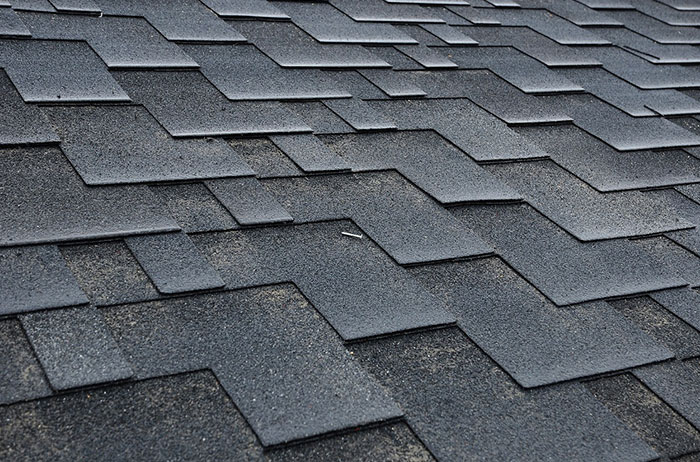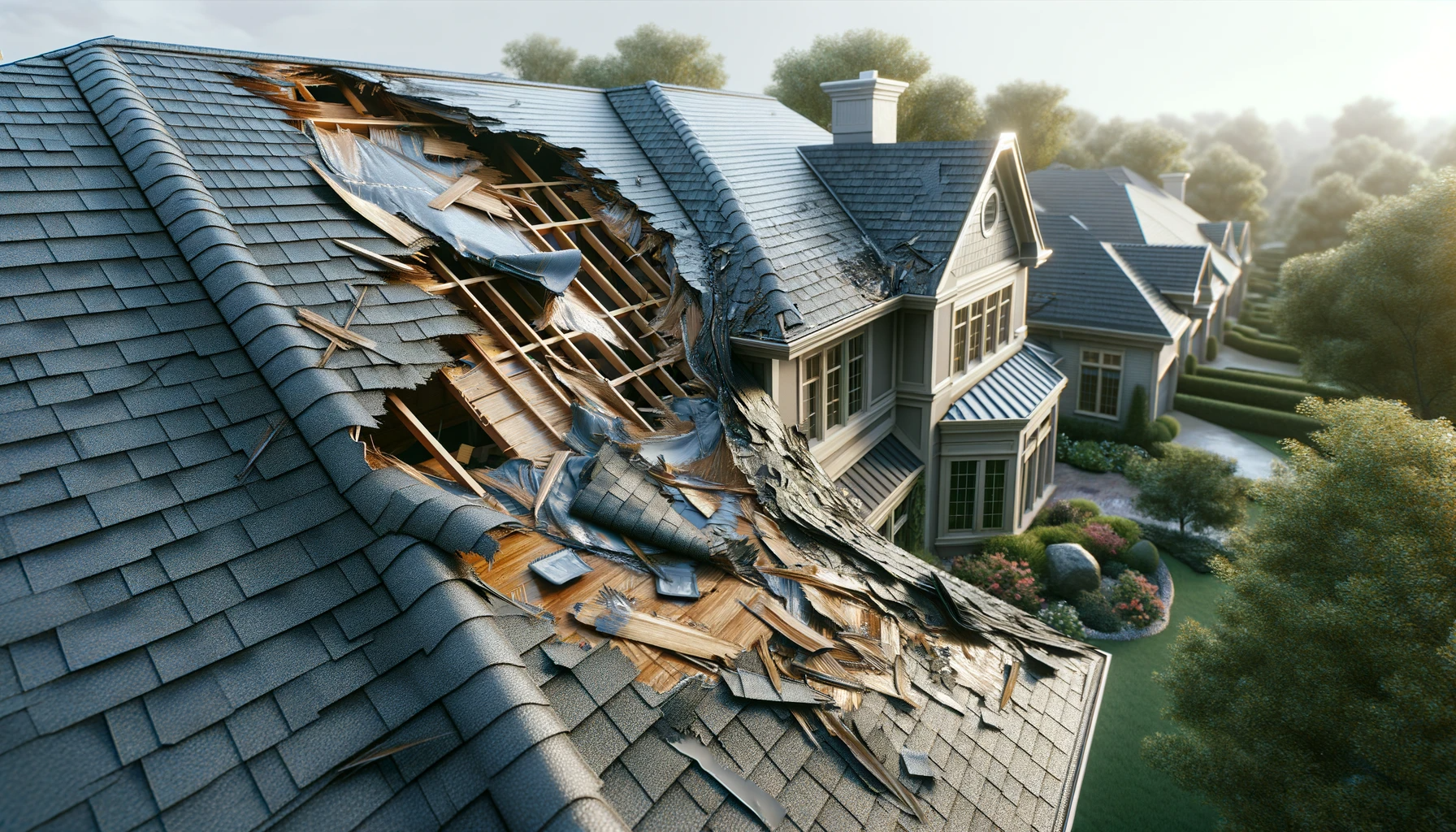Dealing with a damaged roof can shiver down any homeowner’s spine. The thought of a full roof replacement can often accompany visions of dwindling bank accounts. Be it the aftermath of a hailstorm, a bout of fierce winds, or an unexpected encounter with a fallen tree, a certain question lingers.“Can you repair just the afflicted parts of your roof, or is it an all-or-nothing scenario?”
The prospect of a partial roof replacement might seem like something to be hopeful about in the face of localized damage. To resolve this concern, we will provide insights from the perspective of experienced roofing experts before we finally give you an answer.
When Should You Consider Partial Repair As An Option
When contemplating the prospect of partial roof repair, it’s important to consult the advice of seasoned roofers. Reputable contractors discourage partial replacements or the often tempting overlay technique for extensively aged roofs. Universally, they categorize such practices as potentially hazardous for your home.
While routine replacing a few shingles or addressing rusted flashing is a common practice, the key lies in discerning the severity of the damage. Torn, curling, loose, or missing shingles can look very bad, but they don’t necessarily signify that you need a total roof overhaul. A simple, straightforward repair can resolve these issues.
However, if the damage is concentrated in specific areas and covers quite a large part of your roof, then you may start to consider if a simple repair is a viable solution. This is why it is important to consult with a local roofer. What may seem like a minor repair job could reveal more serious concerns upon closer inspection.
A professional roofer assesses potential water damage to the roofing structure, and they can help ensure the structural integrity of your roof. So, depending on the condition of your roof, the cost-effective option of a simple repair could prove to be a prudent choice.
Why Partial Repair May Be Bad For Your Roof
Opting for a partial roof repair might seem like a cost-effective solution, but it’s essential to understand the potential drawbacks. When you have significant damage on a substantial portion of your roof, roofing experts recommend avoiding partial repairs or replacements.
Replacing or repairing only half of your roof creates a disparity in ages between the old and new sections, inadvertently setting the stage for recurring issues. The inevitable need for additional partial replacements can become a costly and repetitive cycle.
Beyond financial considerations, fixing only a portion of your roof introduces a dangerous seam. If this seam is not expertly sealed, it becomes a vulnerability for leaks and it ends up paving the way for water damage, mold, and rot within your home. The hidden damages in older sections may remain undetected and worsen the risks associated with a fragmented approach to roof repair.
In essence, while the approach of a partial fix may be tempting initially, the long-term consequences – including financial strain and potential structural damage make a compelling case for considering a comprehensive roof replacement when a significant portion is compromised.
What’s The Cost Analysis Of Replacing Just Part Of a Roof?
Choosing a partial roof repair might seem wallet-friendly, but delving into the cost analysis reveals a different story. Contrary to common assumptions, repairing just half of your roof often means a higher cost per square foot than opting for a complete roof replacement.
The misconception is that a smaller repair job entails reduced expenses. However, the reality is that the costs of mobilizing a roofing crew, along with their materials and equipment, remain largely unchanged, whether fixing a portion or the entirety of your roof. Despite the quicker turnaround and reduced material usage for a partial repair, transportation, and labor costs can outweigh the benefits, making it a pricier option.
Embarking on a cycle of partial replacements can accrue significant costs over time, potentially impacting your property’s resale value when it’s time to put it on the market. Opting for partial repairs can also void the 50-year pro-rated warranty shingle manufacturers offer. In such cases, it will affect both new and existing shingles.
Whether contemplating a full or partial roof repair, it’s essential to consider the costs of bringing in technicians, tools, and materials. In the grand scheme, opting for a complete roof replacement is not only a cost-effective solution but also ensures your home’s quality, performance, and color consistency.
Conclusion
When it comes to roof repairs, the choice between partial solutions and comprehensive replacements involves consideration of some factors. These factors include costs, long-term implications, and the overall well-being of your home.
While the temptation to address specific issues may seem immediate, the experts at Shoreline Roofing emphasize the value of addressing the issue from a holistic standpoint. Contact our expert roofers today for roofing repairs.



